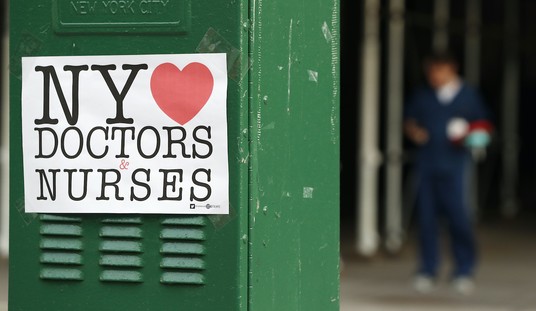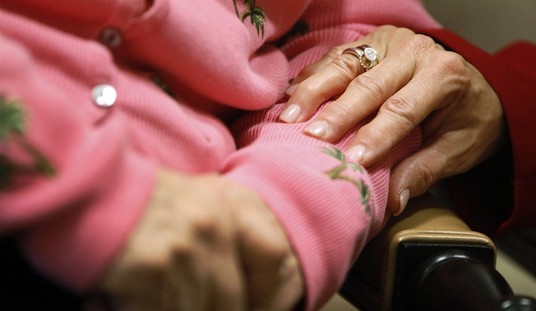The Pharmaceutical Research and Manufacturers of America (PhRMA) spent a whopping $57 million lobbying state and federal officials in 2016.
That is according to Kaiser Health News, which reviewed the tax records of PhRMA, the drug industry’s biggest lobbying group, widely recognized as one of the three most powerful lobbying organizations in Washington, D.C.

The news comes back to back with a new Government Accountability Office (GAO) 78-page report that notes that profit margins at the 25 biggest pharmaceutical companies are more than 200 percent higher those at the world’s 500 biggest companies.
That is being interpreted in health care policy circles as a further indicator that drug prices remain high– unaffordably so for a lot of Americans, including perhaps most especially, rural, white working class Trump voters– and that PhRMA’s extensive spending on lobbying is proving successful.
One of the core focuses of consumer outrage heading into the 2016 presidential election was high pharmaceutical prices. After the Epi-Pen price hike scandal and numerous reports of sky-high pricing for new muscular dystrophy and cancer treatments, both the Trump and Clinton campaigns put forward policies aimed at bringing drug prices down, and tempering voter outrage– something President Barack Obama had failed to do, perhaps because of PhRMA’s apparent lobbying clout and willingness to spend on pro-drug industry advocacy.
Yet, so far, despite candidate Trump’s bashing of Big Pharma, efforts to bring prices down under his tenure have been ineffective to non-existent, generating criticism that this is one area of policy where his actions have failed to match his rhetoric during the course of the 2016 campaign.
To date, the Trump administration’s only major initiative focused on tamping down prices has been streamlining Food and Drug Administration approval processes. While Trump talked a great deal about ideas like Medicare directly negotiating prices with pharmaceutical companies, and prescription drug re-importation (a policy also favored by conservative champion Sen. Ted Cruz), and repeatedly threatened action to force drug prices down, none of these policy prescriptions has been pursued.
In addition, the Trump administration has forestalled congressionally-mandated moves to keep prices for drugs covered by the 340B drug discount program lower, while pursuing a Medicare reimbursement scheme that critics charge will bankrupt hospitals administering 340B discounted drugs.
Much of the blame for Trump abandoning ship where efforts to rein drug prices in are concerned has been placed with the administration’s preference for hiring ex-Big Pharma executives, lobbyists and lawyers. But it now appears that PhRMA’s lobbying prowess and budget may be a root cause that helps to explain Obama administration failures on the drug pricing front as well.
Axios notes that the $57 million figure represents a 67 percent increase in lobbying expenditures over what was seen in 2015.
2016 was the year in which Big Pharma began to focus its attention on issues like the 340B program, which it sees as limiting its profits, which as noted, GAO pegs as more than twice as high as those at the 500 largest global companies.
Axios further notes that that increase represents the biggest uptick in PhRMA spending since the initial debate over Obamacare, which the pharmaceutical industry ultimately helped advocate for after President Obama dropped Big Pharma-unfavorable provisions from the proposed bill.
Axios previously reported that drugmaker AbbVie saw the “intensity of the drug pricing debates and political risks… waning,” financial analyst code for “we don’t think the government is going to push us to cut prices, and we’ll probably raise our prices significantly again in the next year.”
AbbVie is the maker of Humira, which carries a list price of several thousand dollars per month and was the top-selling drug in 2016, banking $16 billion in global sales, according to trade publication Genetic Engineering and Biotechnology News.
In general, the first year of the Trump administration has been regarded as a good one for lobbyists, though some firms have worried that with President Trump less susceptible than President Obama to buy into arguments put forward by his advisers, with whom lobbyists routinely meet, it is less possible to influence the White House agenda via lobbying than it was between 2009 and 2016.
Congressional lobbying, however, remains a viable business model and the core of many lobbying practices in Washington, D.C.
Congressional action would be required in order for several major moves that could help bring down pharmaceutical prices, either through regulation or more free market mechanisms, to occur.














Join the conversation as a VIP Member